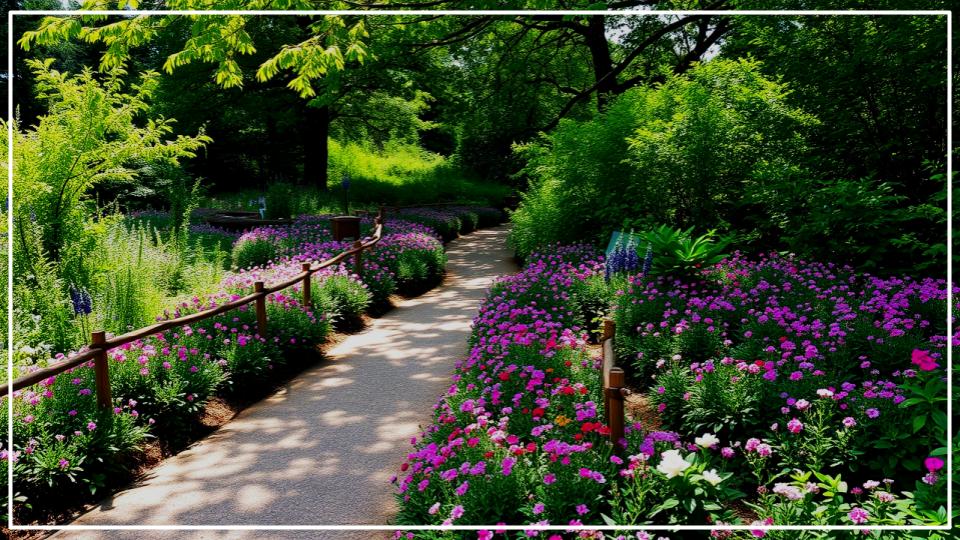
A truly magnificent garden is built from the ground up. While we often fixate on towering trees and showy flowers, the most elegant landscapes pay just as much attention to the floor. Bare soil is an open invitation to weeds and can look unfinished, but a vast lawn isn’t always the answer. This is where the magic of fast-growing ground covers comes in. These hardworking plants spread quickly to form a living carpet, suppressing weeds, conserving moisture, and adding a layer of texture and color that unifies the entire garden design. This guide will introduce you to eight of my favorite varieties that promise lush results, fast.
Key Takeaways: Your Quick Guide to Ground Covers
Here’s what you need to know to get started:
- Prepare Your Site: The secret to rapid growth is starting with a clean slate. Thoroughly weed the area before planting.
- Space for Success: Don’t plant too far apart. Check the plant’s mature spread and space new plants about half that distance apart for a quicker fill.
- Mind the Sun and Shade: Match the plant to the light conditions it will receive. Full sun plants will languish in the shade, and vice versa.
- Contain with Intention: Fast-growing can sometimes mean aggressive. Plan to install edging or perform annual trimming to keep vigorous spreaders in check.
Why Embrace Fast-Growing Ground Covers?
Beyond simple beauty, ground covers are some of the most practical plants in the garden. Think of them as a living mulch. A dense mat of foliage is one of the best weed-suppression methods available, drastically cutting down on your weeding chores. In my own garden, I use ground covers to solve problems in those tricky areas—the dry shade under a maple tree, a sloped area prone to erosion, or the awkward space between pavers. They retain soil moisture, which is a blessing during hot summers, and can create a soft, green alternative to hardscaping or high-maintenance grass, which the U.S. Environmental Protection Agency notes can require significant water resources. By filling in bare spots, you create a cohesive, intentional look that feels professional and complete.
Choosing the Right Plant for the Right Place
The golden rule of gardening—”right plant, right place”—is especially true for fast-growing ground covers. A plant that thrives in one spot may struggle just a few feet away. Before you fall in love with a particular variety, take a moment to assess your space.
- Sun or Shade? Does the area receive more than six hours of direct sun (full sun), three to six hours (part shade), or less than three hours (full shade)?
- Soil Conditions: Is your soil sandy and quick-draining, or is it heavy clay that stays wet? Most ground covers are adaptable, but good drainage is a common requirement.
- Foot Traffic: How much wear and tear will the area get? Some ground covers, like creeping thyme, are surprisingly tough, while others are purely ornamental.
- Aggressiveness: Are you planting in a contained bed or an open area where an aggressive spreader could become a nuisance? Be honest about how much maintenance you’re willing to do.
A common mistake I see is gardeners underestimating how quickly these plants can spread. It’s always wise to choose a plant whose vigor matches your space and gardening style.
Our 8 Favorite Fast-Growing Ground Covers
Here are eight reliable, beautiful, and vigorous plants that I turn to again and again for creating a lush garden floor.
1. Creeping Thyme (Thymus serpyllum)
This is the quintessential ground cover for sun. It forms a dense, low-growing mat of tiny, fragrant leaves that release a wonderful scent when crushed. In early summer, it’s covered in a haze of pink, purple, or white flowers that are a magnet for bees. It’s wonderfully drought-tolerant once established and can handle light foot traffic, making it perfect for planting between stepping stones. In my rock garden, I have it spilling over low stone walls, and it has never failed to perform.
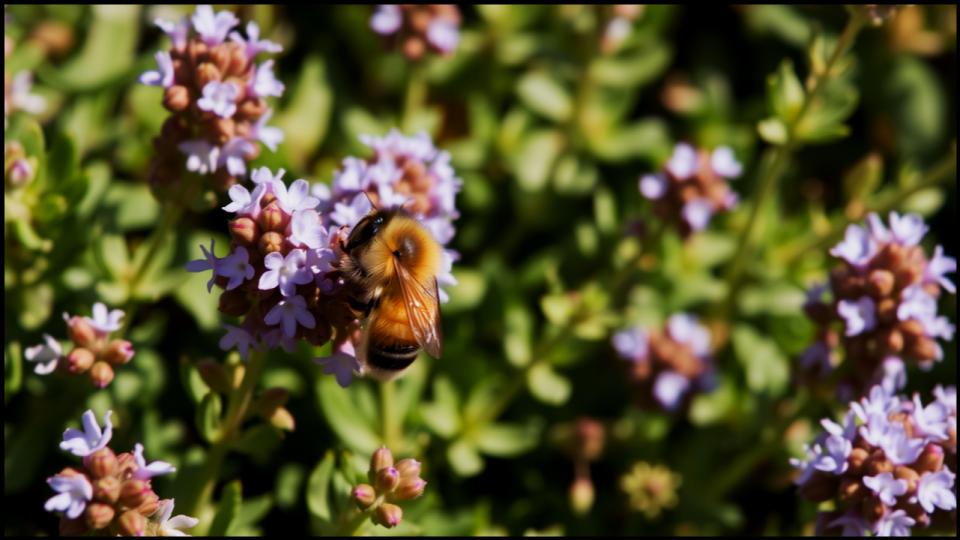
- Best for: Full sun, well-drained soil, rock gardens, pathways.
- Tip: For the quickest coverage, plant several different varieties to create a beautiful, textured tapestry of color.
2. Sweet Woodruff (Galium odoratum)
For those shady, damp corners of the garden, Sweet Woodruff is a dream. It produces whorls of delicate, bright green leaves and airy clusters of tiny, star-shaped white flowers in spring. The foliage has a lovely, fresh scent, especially when dried. I love using it as a carpet under hostas and ferns, where its fine texture provides a perfect contrast. According to the University of Wisconsin-Madison Division of Extension, it spreads by rhizomes to form a dense mat, which is excellent for outcompeting weeds in shady spots.
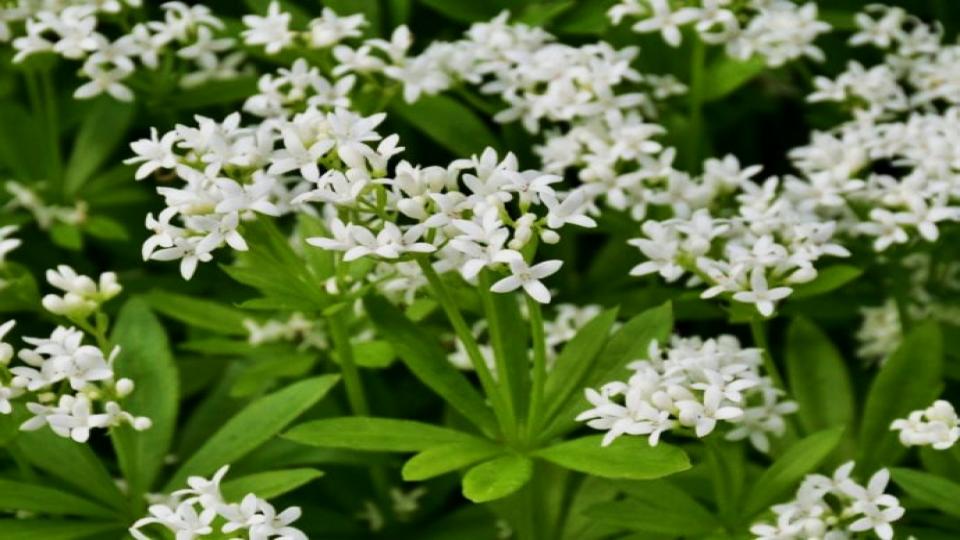
- Best for: Part to full shade, consistently moist soil.
- Tip: It can go dormant in very hot, dry summers but will bounce back beautifully with the return of cooler, wetter weather.
3. Creeping Jenny (Lysimachia nummularia ‘Aurea’)
If you want sheer color impact, look no further than Golden Creeping Jenny. Its chartreuse-to-gold, coin-shaped leaves create a brilliant mat of color that brightens up any space. It’s incredibly versatile, thriving in everything from full sun to partial shade, as long as its soil stays moist. It’s one of my go-to plants for container arrangements, where it spills dramatically over the edges. Be mindful: it is a very enthusiastic grower and can be overly aggressive in garden beds without firm boundaries.
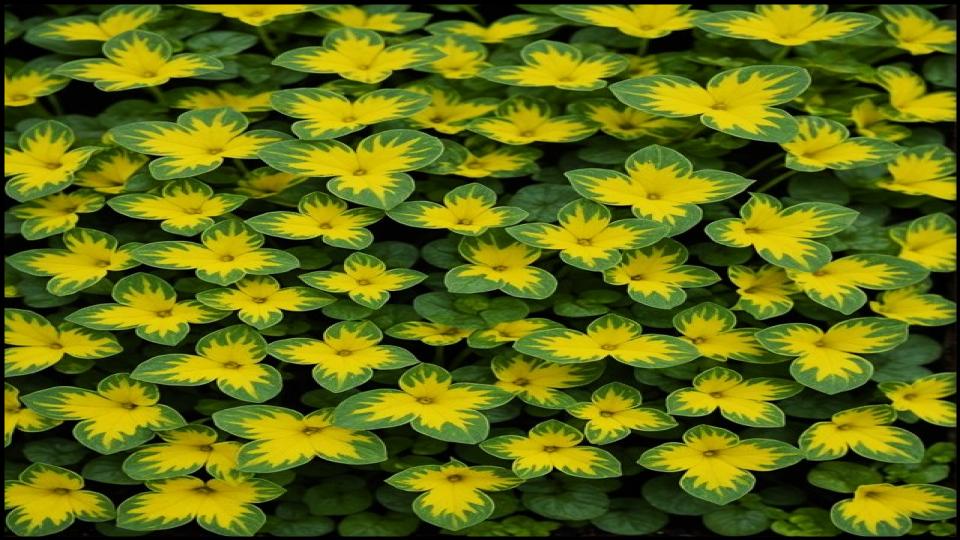
- Best for: Moist soil, sun or shade, container spillers, pond edges.
- Tip: The ‘Aurea’ (golden) variety is slightly less aggressive than the straight species.
4. Ajuga / Bugleweed (Ajuga reptans)
Ajuga is a true workhorse and a fantastic low-maintenance ground cover. It forms dense rosettes of glossy leaves that can range from deep green to rich burgundy and near-black. In spring, it sends up charming spikes of blue or purple flowers. It spreads reliably via runners, filling in bare patches in sun or shade with ease. I find its dark-leafed varieties, like ‘Black Scallop‘, are invaluable for creating color echoes with darker perennials like heuchera or sedum.
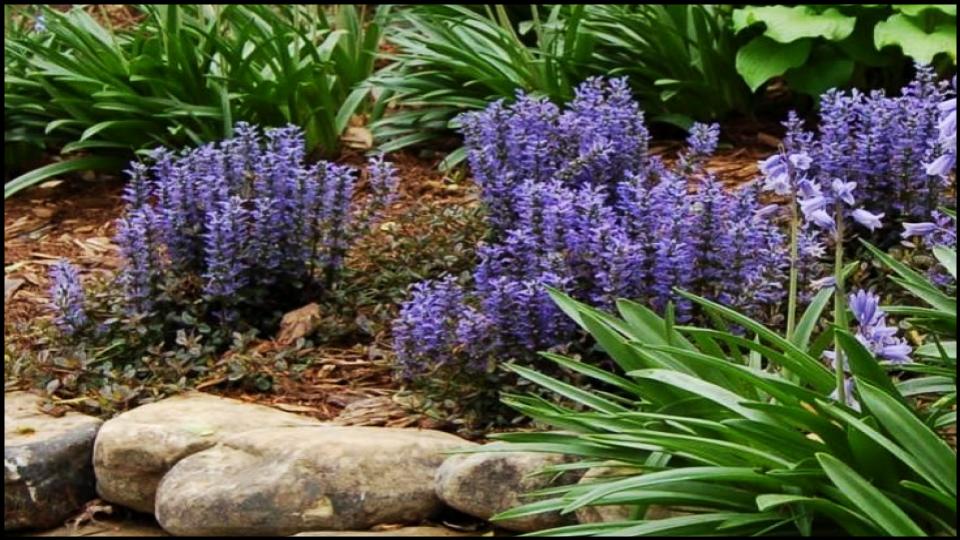
- Best for: Sun or shade, average soil, areas needing quick weed suppression.
- Tip: To keep it looking fresh, mow over the patch with the mower on a high setting after it has finished flowering to remove the spent flower spikes.
5. Creeping Phlox (Phlox subulata)
For a spectacular spring show, nothing beats Creeping Phlox. For a few weeks, this plant absolutely smothers itself in flowers of pink, purple, blue, or white, creating a breathtaking floral carpet. It’s a classic choice for cascading over walls or covering sunny slopes. A North American native, it is tough, resilient, and thrives in full sun and well-drained soil, making it a stellar drought-tolerant ground cover once established.
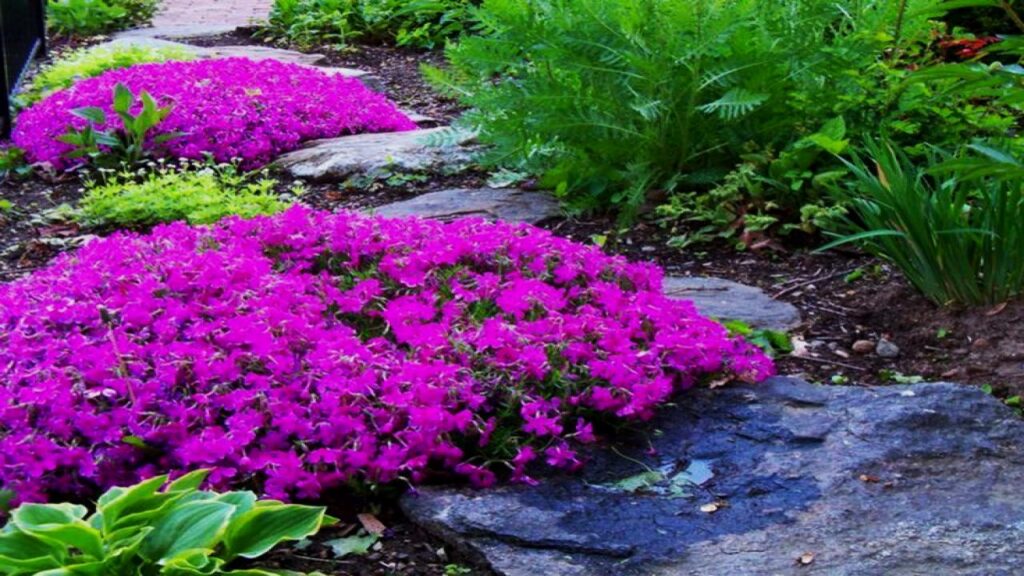
- Best for: Full sun, slopes, retaining walls, rock gardens.
- Tip: Give it a light shearing after it blooms to encourage dense growth and prevent it from becoming leggy.
6. Spotted Dead Nettle (Lamium maculatum)
Don’t let the name fool you; this is a truly beautiful and well-behaved plant for shady areas. Valued for its silvery, variegated foliage, it brightens up dark corners all season long. From late spring to early summer, it produces lovely snapdragon-like flowers in shades of pink, purple, or white. I often recommend varieties like ‘White Nancy‘ or ‘Beacon Silver‘ to gardeners looking for plants that offer more than just green foliage. It’s a reliable, non-aggressive spreader that coexists happily with other shade lovers.
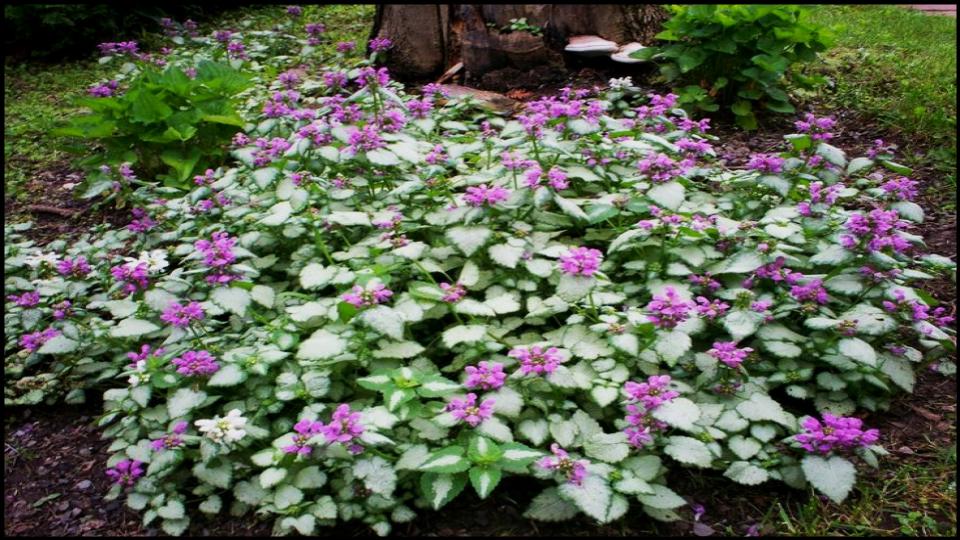
- Best for: Part to full shade, average to moist soil.
- Tip: If it looks tired in the summer heat, simply cut it back, and it will respond with a fresh flush of new leaves.
7. Periwinkle (Vinca minor)
When you need to cover a difficult, shady area quickly, Periwinkle is a top contender. Its trailing stems with glossy, evergreen leaves root wherever they touch the ground, forming a thick, weed-proof mat. In spring, it features cheerful blue or white pinwheel flowers. A word of caution: Vinca minor is vigorous and can be invasive in some regions, as noted by organizations like the Missouri Botanical Garden. It is best used where it is contained by pavement or in a large area where its aggressive nature is an asset, not a liability.
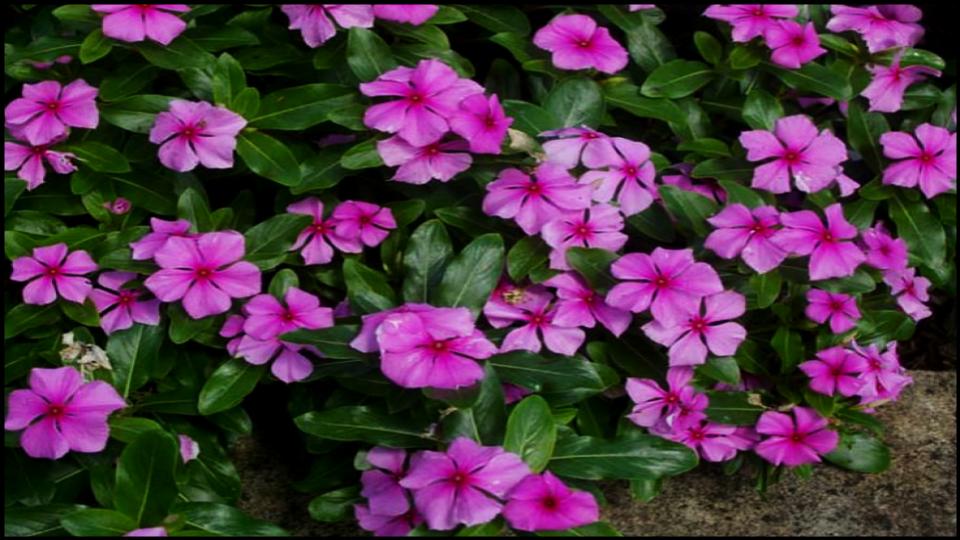
- Best for: Dry shade, erosion control on hillsides, areas where few other plants will grow.
- Tip: Never plant it near natural woodlands or conservation areas where it could escape.
8. Mazus (Mazus reptans)
For a ground cover that you can actually walk on, Mazus is an excellent choice. This tough little plant forms a tight, flat mat of green leaves that stays low to the ground. In late spring and early summer, it is dotted with tiny, orchid-like lavender flowers. It spreads quickly to fill in gaps between pavers or in a lawn-alternative setting. It’s one of the fastest ways to create a “green” pathway that needs minimal care.
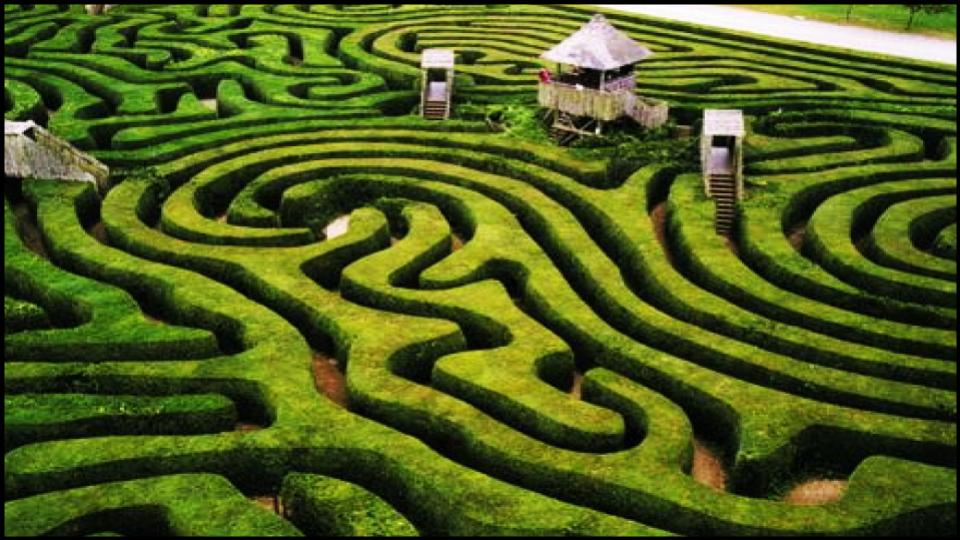
- Best for: Sun or part shade, moist soil, pathways, lawn replacement.
- Tip: It will grow most densely in soil that doesn’t completely dry out.
Creating Your Living Carpet
Choosing the right fast-growing ground covers is about more than just filling space; it’s about adding a final, masterful layer to your garden’s design. These plants soften hard edges, unify disparate elements, and turn problem areas into points of interest. By selecting a plant that suits your light, soil, and aesthetic, you are setting yourself up for a lush, low-maintenance landscape that will bring you joy for years to come. So, take a look at those bare spots and imagine them transformed into a beautiful, living tapestry.
